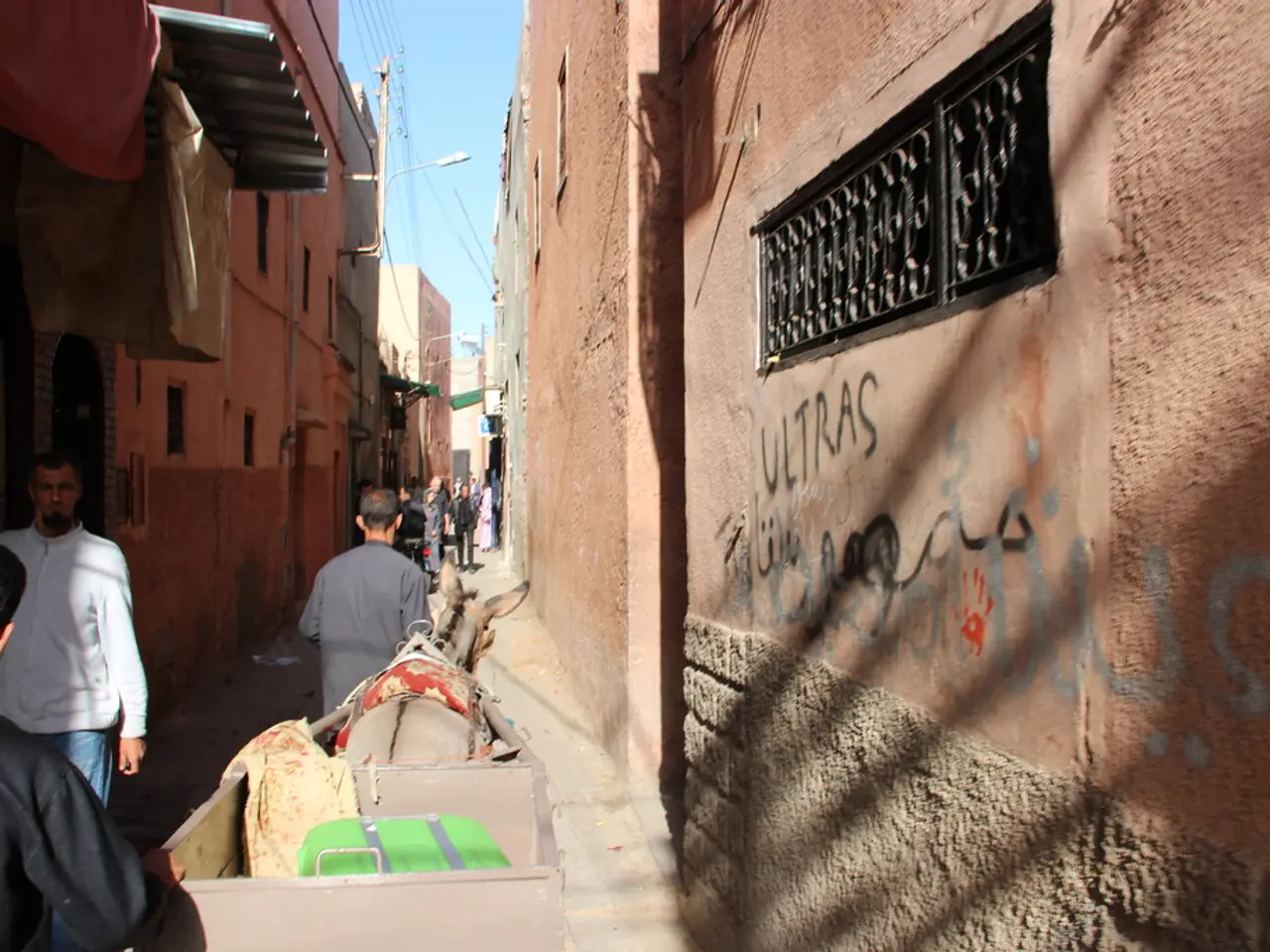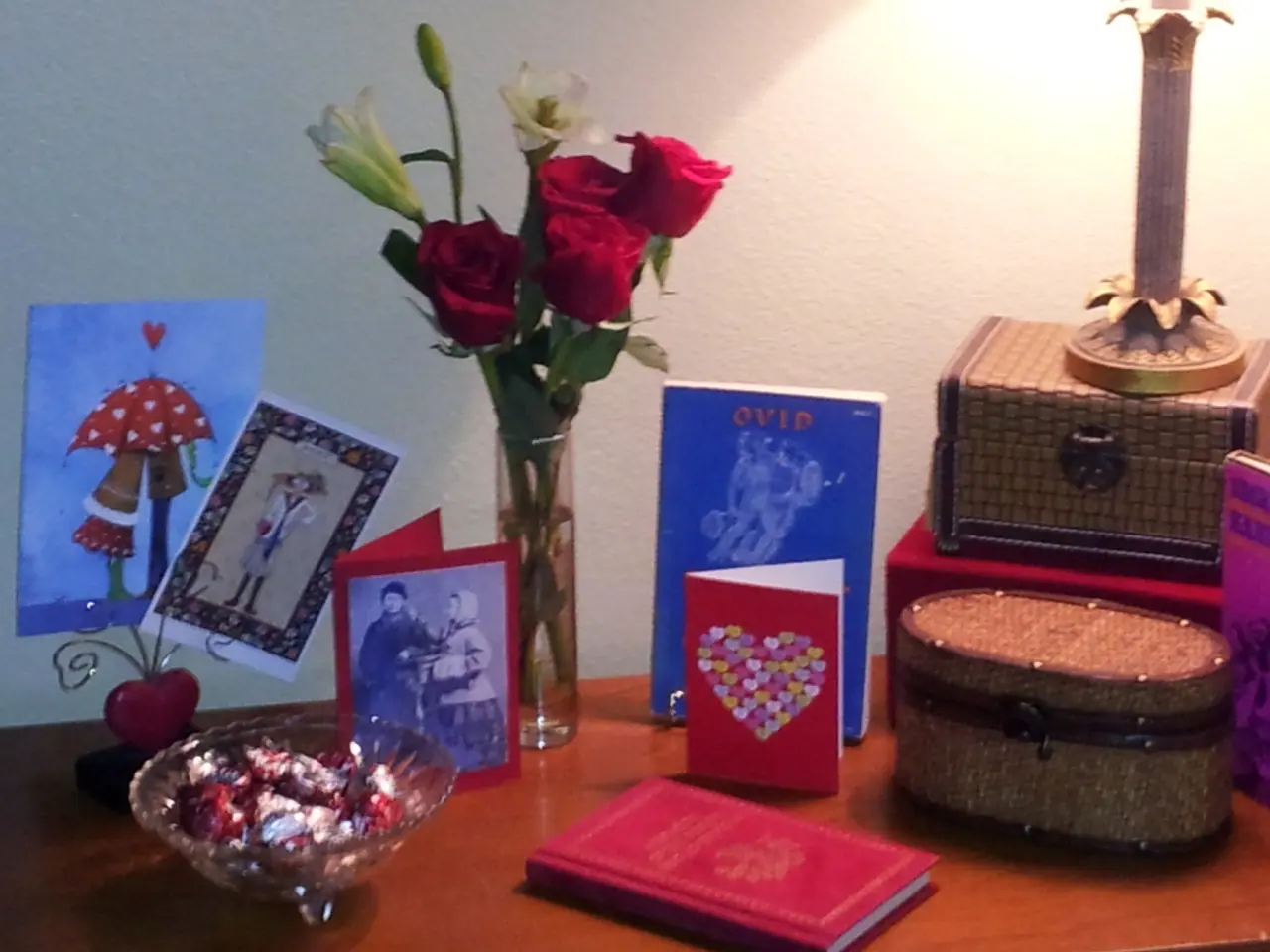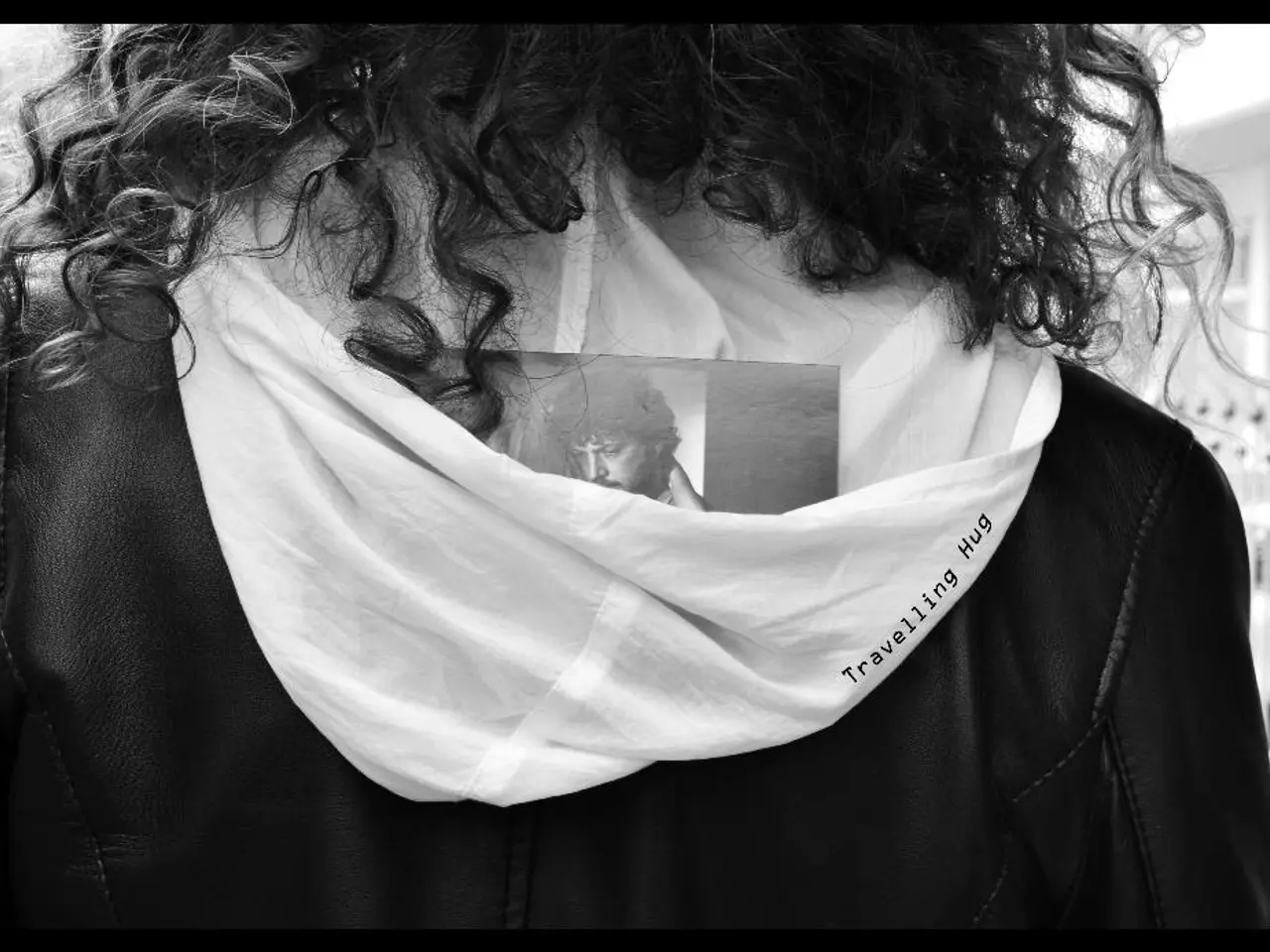Exploring the History and Current State of Ihumātao
Restoring the Māori Heart of Auckland: The Ihumātao Settlement and the Oruarangi Stream
In the heart of Auckland, New Zealand, lies the culturally and historically significant Māori settlement of Ihumātao. For over a thousand years, a Māori community has lived continuously at this site, tracing their ancestry back to Te Waiohua and Te Ahiwaru of Tainui waka.
The Ihumātao papakāinga is nestled near the Oruarangi River and Manukau Harbour, two vital resources that have provided food, shelter, and cultural significance for centuries. The mana whenua of Ihumātao are the iwi (tribes) of Te Ākitai Waiohua, Ngāti Te Ata Waiohua, and other Waiohua descendants, who have traditional authority and ancestral connections to this land.
Historically, Ihumātao has been an essential site for Māori occupation and cultivation. The area is recognized for its archaeological and cultural heritage, including remains of Māori settlement, agriculture, and sacred sites. However, the last 150 years have seen significant human impacts on the Ihumātao area, with tribal lands being confiscated and urban and industrial sprawl taking its toll on the land and water.
The Oruarangi River, a small estuarine waterway, has faced adversities such as a leak of over 1,000 litres of methyl violet dye from an industrial storage tank, which made the water unfit for consumption and led to a fishing ban for months. In 1960, Auckland City Council began work on a sewage treatment facility on the foreshore of Manukau Harbour, blocking off the Oruarangi River from the harbour and causing water flow to be reduced to a trickle.
However, efforts to restore the mauri (life force) of the Oruarangi Stream are underway. Students from Aorere College and Makaurau Marae, in partnership with the Government's Participatory Science Platform, are working together to revitalize the stream. The South Auckland pilot of the PSP received funding from the Curious Minds initiative, funded by the Ministry of Business, Innovation and Employment.
The Oruarangi Stream's small tributary has a muddy base, influencing the types of aquatic life that live in the stream. Unfortunately, in July 2013, over 1,000 litres of methyl violet dye was spilled near an industrial stormwater catchpit, contaminating the Oruarangi Awa and resulting in the deaths of up to 400 eels and other aquatic life. To prevent such incidents in the future, the Industry Pollution Prevention Programme (IP3) was created, involving representatives from Makaurau Marae, Auckland Council, and the Māngere-Ōtāhuhu Local Board.
Beyond the Oruarangi Stream, the Otuataua Stonefields Historic Reserve stands as a remnant of the food gardens that once covered the Auckland isthmus. Māori used stone walls to protect against wind and warm the soil. Today, the remaining 100 ha - the Otuataua Stonefields - is a historic reserve, preserving a piece of Auckland's Māori past.
The Ihumātao papakāinga and its surrounding environment remain emblematic of Māori resilience, indigenous land rights, and environmental stewardship within Auckland’s urban and industrial landscape. Despite the challenges faced by the Oruarangi Stream and the Ihumātao area, ongoing efforts led by the mana whenua to restore and preserve the land for cultural, residential, and environmental purposes continue to thrive.
- The environmental science students from Aorere College and Makaurangi Marae, along with the Government's Participatory Science Platform, are focusing on sustainable living by working together to revitalize the Oruarangi Stream, which is part of the home-and-garden landscape in the Ihumātao settlement.
- Weaving sustainability into their lifestyle, these environmental-science advocates aim to reduce climate-change impacts by implementing measures to prevent contamination incidents like the one that occurred in July 2013, when methyl violet dye spilled into the Oruarangi Awa, resulting in the loss of aquatic life.
- The Ihumātao settlement, known for its rich cultural history and ancestral connections, seeks to preserve the environment and promote sustainable living, striving to maintain the balance between urbanization, residential living, and its Māori heritage within the heart of Auckland city.




